Knock Knees & Bow Legs in Children: What’s Normal and What Needs Treatment?
It’s not unusual for parents to notice their child’s legs appearing slightly bowed or inward as they grow. In many cases, these are normal parts of development. But sometimes, these conditions may signal an underlying orthopedic issue that needs attention.
Let’s understand the difference between what’s normal, what’s not, and when to consult a pediatric orthopedic specialist.
What Are Knock Knees and Bow Legs?
- Bow Legs (Genu Varum): The legs curve outward at the knees while the feet and ankles remain close together.
- Knock Knees (Genu Valgum): The knees touch or come close together while the ankles stay apart.
Both conditions are related to the alignment of the lower limbs and are usually seen during specific stages of development.
What’s Normal in Growing Children?
Bow legs are normal in infants and toddlers up to 18–24 months of age. As children begin to walk, their legs may appear bowed, but this usually improves with age.
Knock knees often appear between ages 3 to 6 and generally correct themselves by age 7 or 8.
In these normal cases:
- The child walks and runs without pain.
- There is no significant difference between the two legs.
- The condition improves over time without intervention.
When Should You Be Concerned?
You should consult a pediatric orthopedic expert if you notice:
- The condition is worsening rather than improving.
- Only one leg is affected (asymmetrical appearance).
- Your child experiences pain, stiffness, or difficulty walking.
- The leg alignment interferes with normal activities.
- The condition persists beyond age 7–8.
- Your child’s height and weight are not in the normal range (which could suggest rickets or other metabolic issues).
Possible Causes of Abnormal Leg Alignment
- Nutritional deficiencies (like Vitamin D or calcium)
- Bone diseases such as rickets or Blount’s disease
- Obesity putting excess stress on leg growth
- Injuries to the growth plate
- Genetic or neuromuscular conditions
Diagnosis & Treatment Options
After a physical examination, the doctor may recommend X-rays or growth monitoring. Treatment options include:
- Observation for mild cases expected to resolve naturally.
- Nutritional supplements if deficiencies are present.
- Bracing to guide proper growth in moderate cases.
- Physiotherapy to strengthen muscles and improve posture.
- Surgery for severe, persistent deformities affecting mobility or joint function.
Supporting Healthy Leg Development
Ensure your child gets a balanced diet, plays actively, and wears proper footwear. Regular pediatric checkups can help catch any abnormal growth patterns early.
Straighten the Path to Healthy Growth
If you notice unusual leg alignment in your child, don’t delay. Book an evaluation with Dr. Nargesh Agrawal at Child OrthoCare and take the right step toward your child’s orthopedic health.






